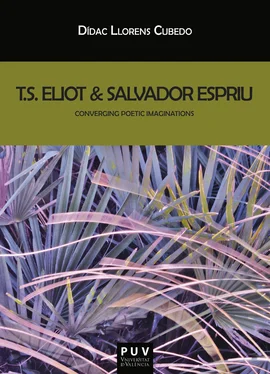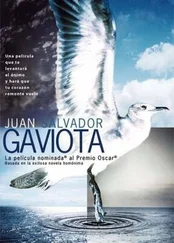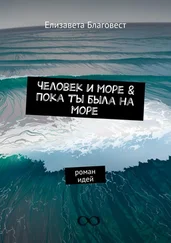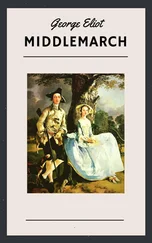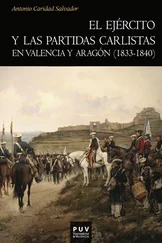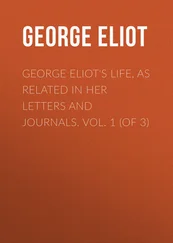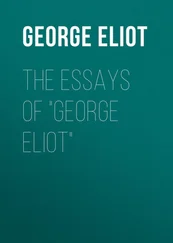Frye’s mythopoeic or archetypal criticism was based on Carl Gustav Jung’s theories. Some of Jung’s ideas are compatible with Eliot’s critical views: the work of literature is ‘something supra-personal,’ ‘a creative reorganization’ of previous achievements, ‘a living being that uses man [the poet] as a nutrient medium.’ 27 According to Elizabeth Drew, ‘the development of his [Eliot’s] poetry contains an interesting parallel to some of the materials cited by Jung’ and confirms that literary creativity operates fundamentally through symbolisation. Drew adds that imaginative equivalence and patterning were, to Eliot, of the very essence of poetry: ‘The recognition of sensuous symbolism as the richest form of human perception, and its ordering into pattern as the basis of poetic technique, had been from the beginning his whole theory and practice of poetry.’ 28
The analysis of imaginative patterns and symbolism has been similarly productive in studying Espriu. In the preface of an anthology of Espriu’s poems translated into English, Magda Bogin declares that in his poetry, ‘there are few identifiable men and women; Espriu’s world is the ancient one of myth and archetype . The presences too are mythic: the ragman, the beggar, the leper; Prometheus, Tiresias, Salom, the name Espriu gave himself.’ 29 Probably because of this, Josep Maria Castellet, in his seminal Iniciació a la poesia de Salvador Espriu , chose Frye’s archetypology as a basic reference: he used Frye’s ‘theory of modes’ to account for Espriu’s whole production, which he considered an example of the ‘encyclopaedic form,’ like Eliot’s poetry. 30 Another Espriuan scholar, Maria Isabel Pijoan i Picas, has adopted a number of approaches that are archetypal in essence: symbolic hermeneutics, figurative structuralism or mytho-criticism. 31 Rather than on Frye, she draws on French theorists such as Gilbert Durand and Gaston Bachelard. 32
Eliot and Frye are considered by Evelyn J. Hinz and John J. Teunissen as archetypal critics, although not Jungian, since for them archetypes are imaginative patterns, rather than images originating in the unconscious. 33 There is another important distinction between Jungian criticism and Frye’s archetypal structuralism, as regards their notion of tradition. For Jung, the collective unconscious was parallel to cultural tradition, the latter belonging to the realm of consciousness (Drew, p. 15). Frye admits that the recurrence of images in the work of different poets indicates that these cannot be assumed to belong to their ‘private mythology’ or ‘peculiar formation of symbols’—what Jung called the personal unconscious . 34 However, the Canadian critic does not consider the collective unconscious to be their source, and substitutes this concept for that of literary tradition, which to him is the source of the archetypes of literature. 35 Frye’s notion of tradition is comparable to Eliot’s.
The appearance of archetypes in successive historical periods makes archetypal criticism easy to subsume under the wider, non-chronological perspective of comparative literature. National, cultural and linguistic specificities will be similarly disregarded by comparative archetypology. Therefore, this will be an appropriate approach for the study of Espriu and Eliot in themselves, and in their relation to their coincident references and allusions. As suggested above, the objective is not so much tracing the two poets’ influences (on each other, from previous or on subsequent poets) as examining their confluence in a number of archetypes manifested in literary tradition. Detailed description and discussion of the two poets’ imagination will demonstrate that they share a common tradition and that they play a similar role in preserving and continuing it. The method followed for this comparative study, therefore, can be described as archetypal and thematological, largely articulated through close reading and not excluding intuition, description and interpretation.
Although both Eliot and Espriu have a cohesive production that includes prose, drama and literary criticism, the present study restricts its scope to their poetry. The object of study covers the practical totality of their poetic works—about 500 poems of varying length. The emphasis is, however, on their most cohesive creative periods: in Eliot’s production, from Prufrock and Other Observations (1917) to Four Quartets (1942); in Espriu’s, from Cementiri de Sinera (1946) to Setmana Santa (1971). 36 Both periods comprise, curiously and fascinatingly, exactly twenty-five years.
Nancy Duvall Hargrove has identified five imaginative constructs or archetypes that define T. S. Eliot’s poetry and its internal evolution: ‘the city (boredom, triviality, sterility), the country (release, fertility, rebirth), the desert (chaos, terror, emptiness), the garden (ecstasy, innocence, serenity) and the sea and river ,’ which are associated, among other things, with ‘eternity, destruction, creation, mystery.’ 37 These clusters of imagery may be paired (city-desert, country-garden or gardensea, for instance) and they are also central to Salvador Espriu’s poetry, as we will see. The structure of this comparative study reflects the relevance of some of these archetypal clusters (desert, garden, sea, city) and their conceptual relations, as well as their thematic dimension. It will also delve into the imagery of time and the natural cycles. From the detailed study of their imagery, we will draw conclusions about the two poets, their reverence for literary tradition and the cohesive and encyclopaedic nature of their respective poetic productions.
1 Viorica Patea, ‘Introducción,’ in La tierra baldía (Madrid: Cátedra, 2005), pp. 8-189 (p. 59).
2 Rosa Maria Delor i Muns, La mort com a intercanvi simbòlic. Bartomeu Rosselló Pòrcel i Salvador Espriu: diàleg intertextual (1934-1984) , Barcelona: Publicacions de l’Abadia de Montserrat, 1993.
3 Josep Benet, Catalunya sota el règim franquista (Barcelona: Blume, 1978), p. 15.
4 Rosa Maria Pinyol, ‘Junto a Eliot, Celan o Montale,’ La vanguardia , 5 June 2002, p. 30.
5 Harold Bloom, ‘The Future of the Literary Imagination and its Forms in Relation to Catalan Achievement,’ Generalitat de Catalunya , (2002) < http://www20.gencat.cat/docs/msidgac/Premi%20Internacional%20Catalunya/pdf/discurs_bloom_eng.pdf> [accessed 1 March 2012] (para. 14 of 21).
6 Sam Abrams, ‘El vingueren a buscar,’ in Si de nou voleu passar. I Simposi Internacional Salvador Espriu , ed. by Víctor Martínez Gil and Laia Noguera (Barcelona: Centre de Documentació i Estudi Salvador Espriu / Publicacions de l’Abadia de Montserrat, 2005), pp. 239-247 (pp. 247, 244).
7 Albert Manent, ‘La recepció de l’obra de T. S. Eliot a Catalunya,’ in Homenatge a T. S. Eliot , ed. by Àlex Susanna (Barcelona: Acta / Quaderns, 1989), pp. 63-74 (p. 68).
8 Quotations of Eliot’s poems are from Collected Poems 1909-1962 (London: Faber and Faber, 1974; repr. 2002), unless otherwise specified. As in the edition used, line numbers are only provided for The Waste Land .
9 All quotations from Dante’s The Divine Comedy are from the bilingual, three-volume, 1961 Oxford edition (see ‘Works Cited and Consulted’). Translations into English provided in footnotes are all by John D. Sinclair. References to Dante’s poem consist of the abbreviation of each of its parts ( Inf ., Purg . or Par .), followed by the canto number in Roman numerals and the line numbers in Arabic numerals. Notes by the editor are identified giving his name (Sinclair), the abbreviation of each of the poem’s parts, the page number and the note number, if necessary.
Читать дальше
